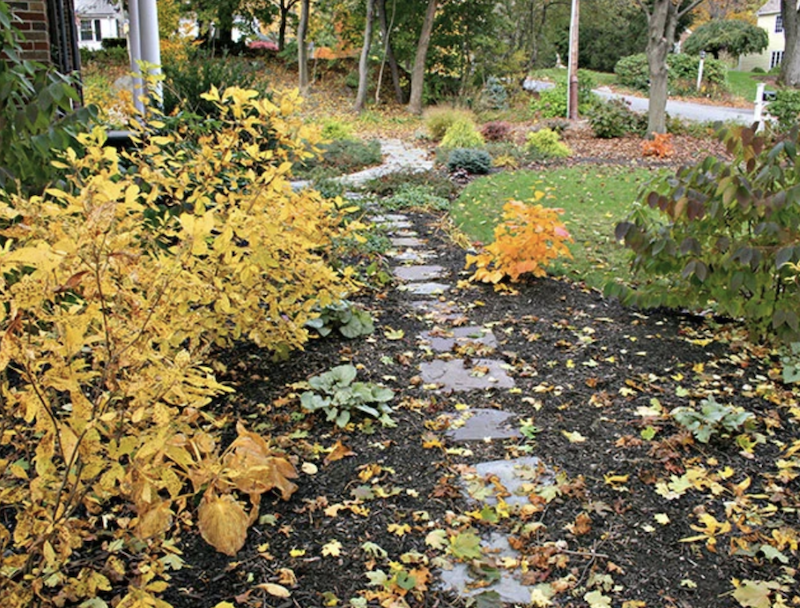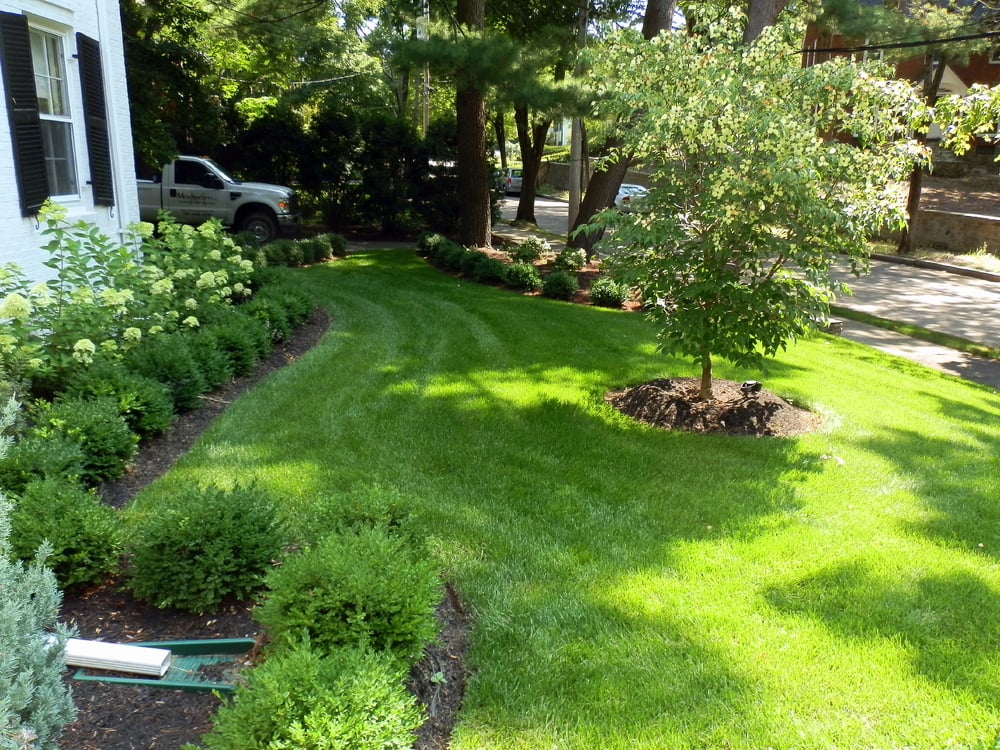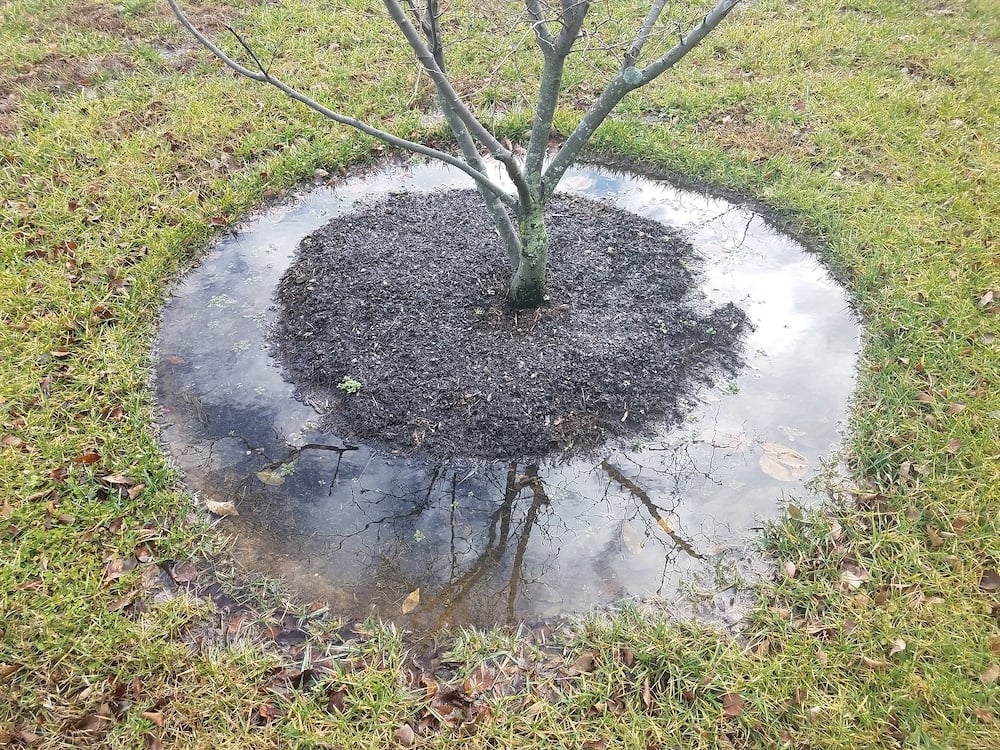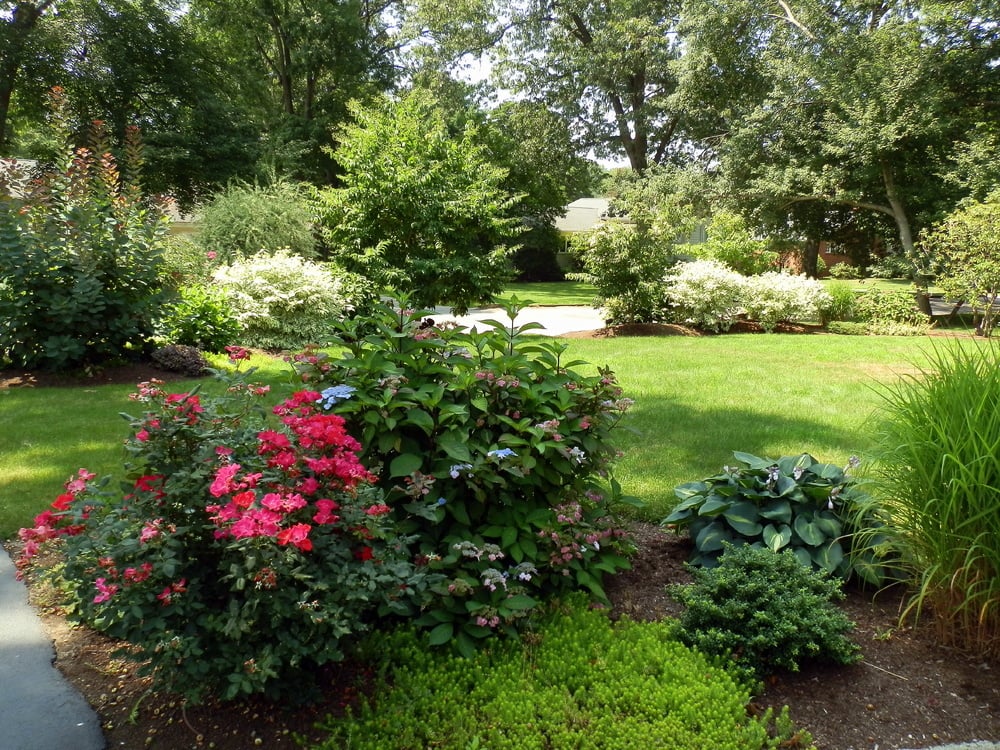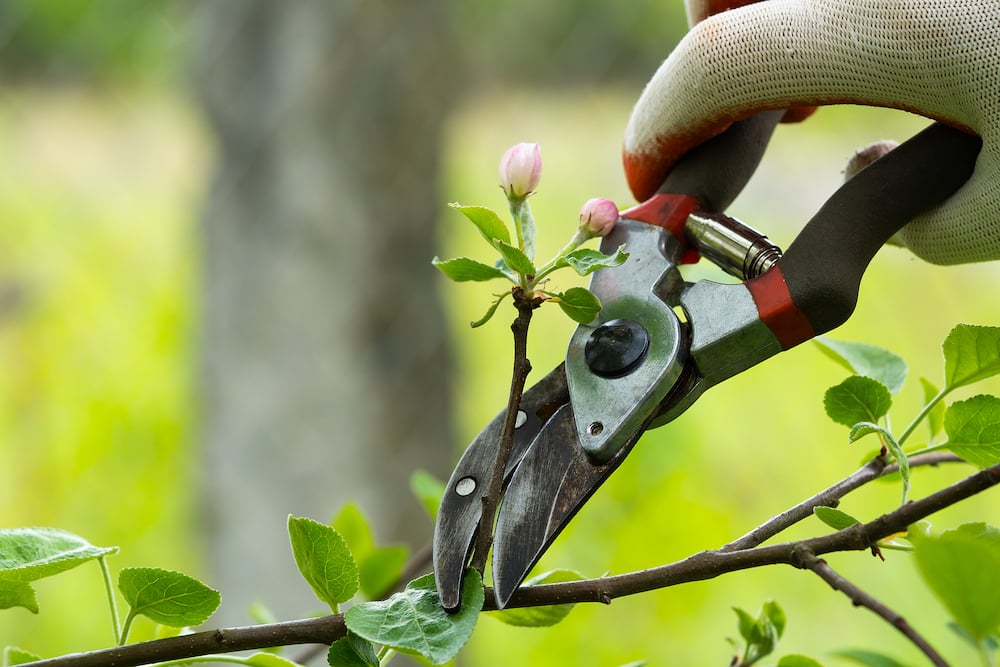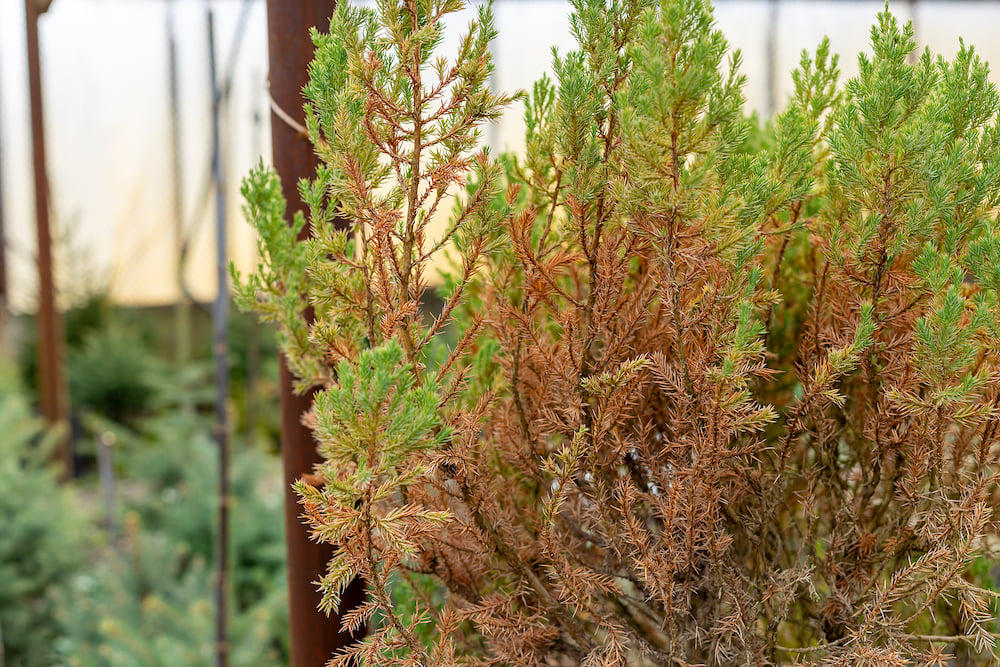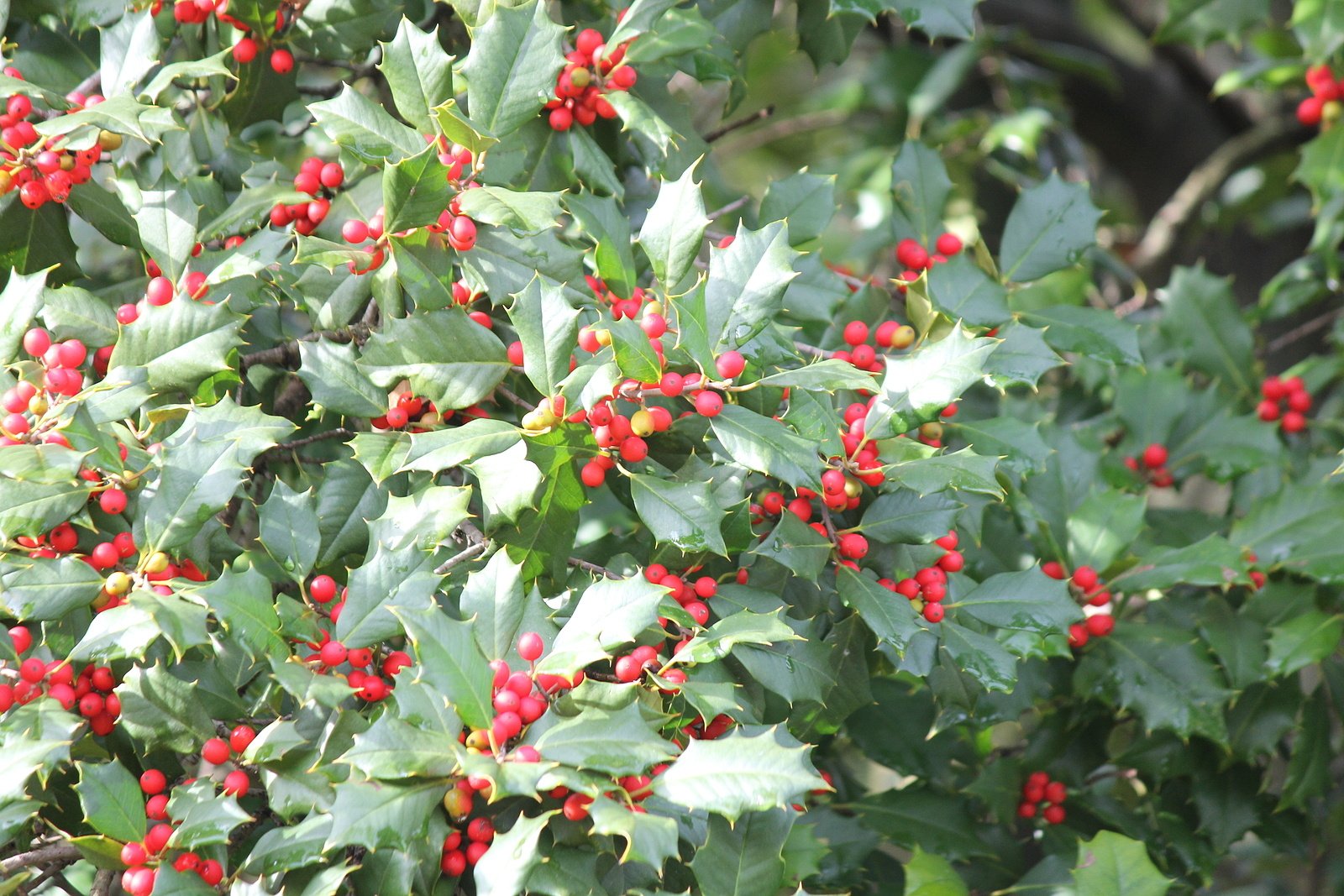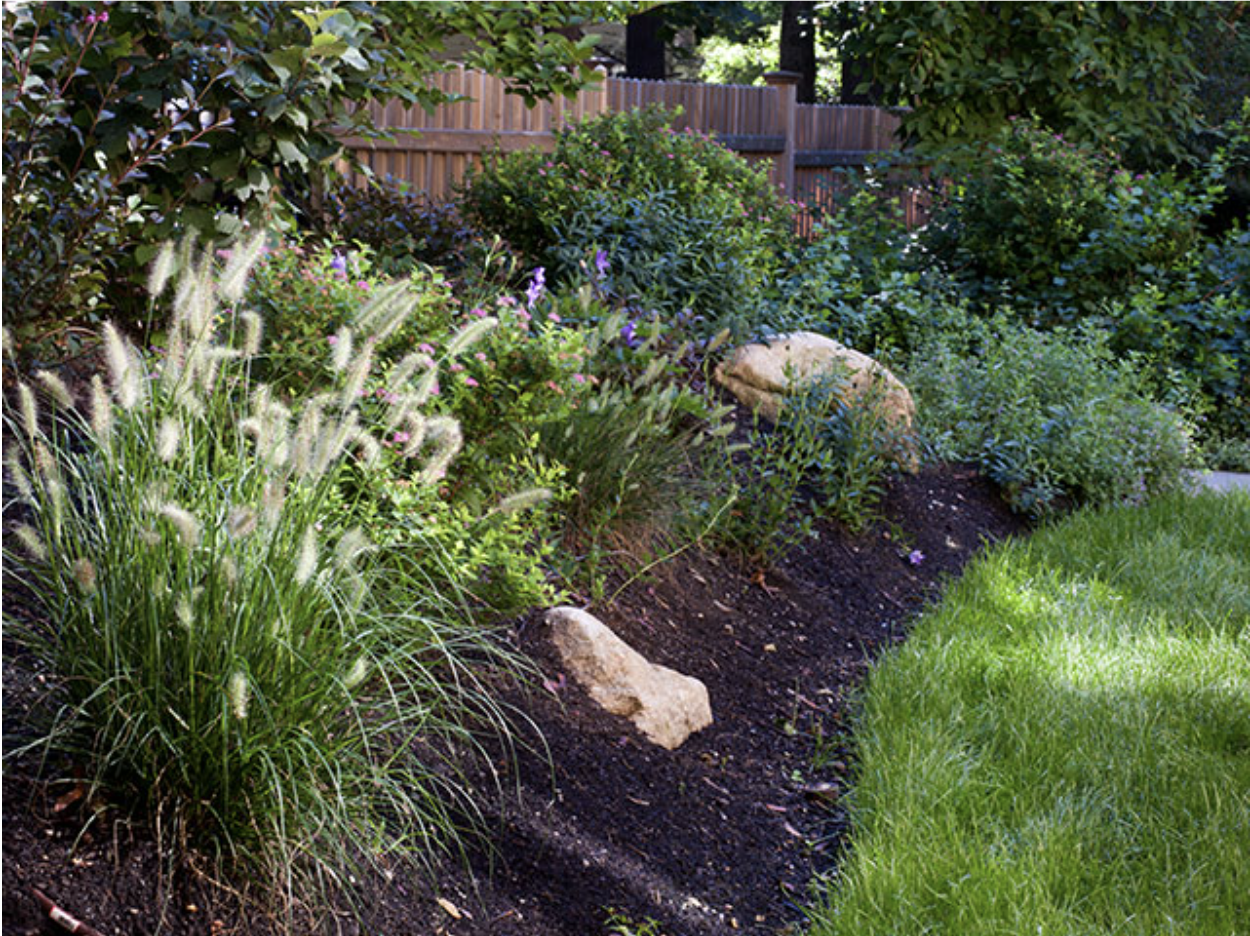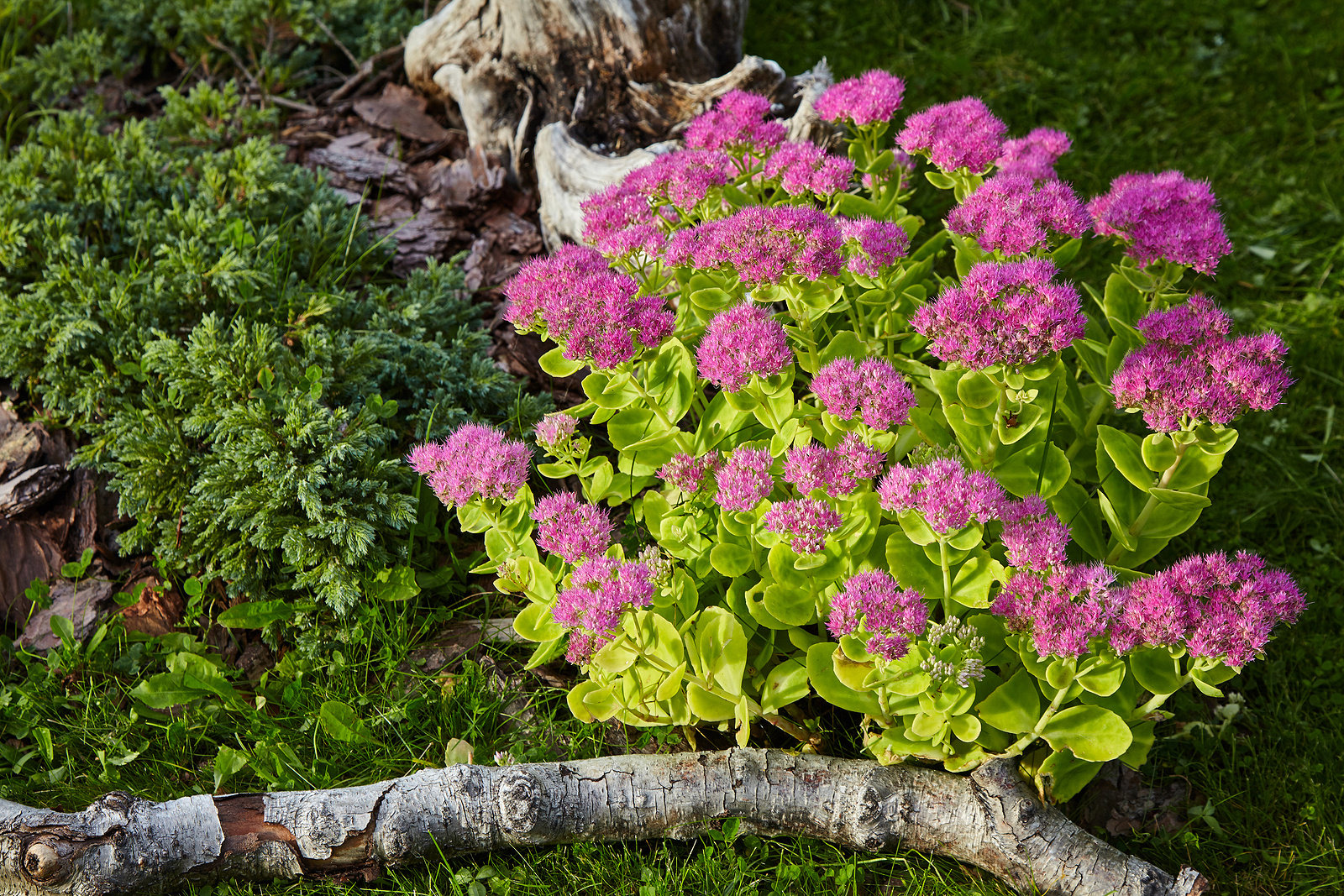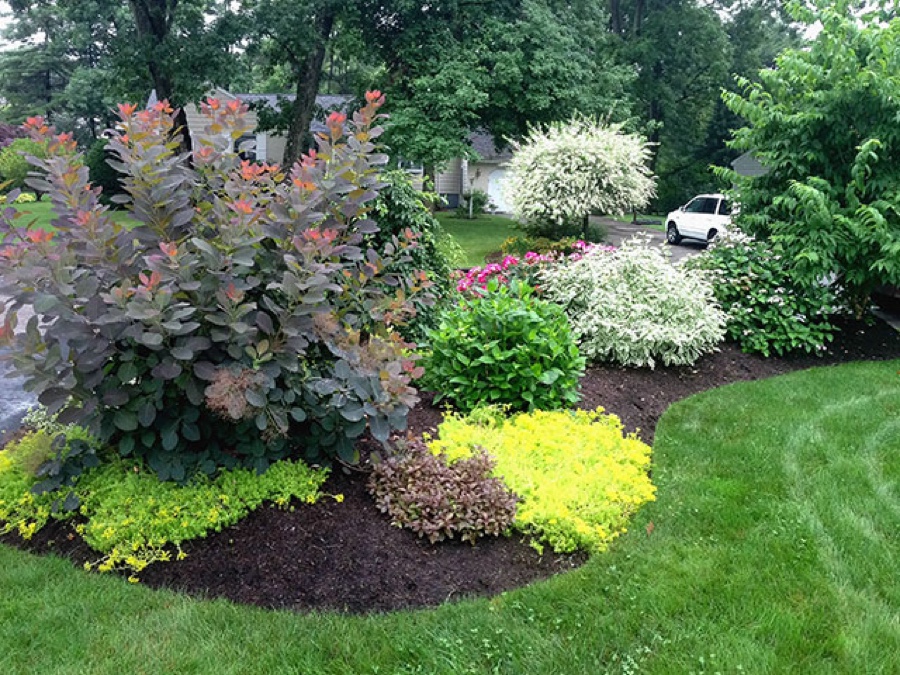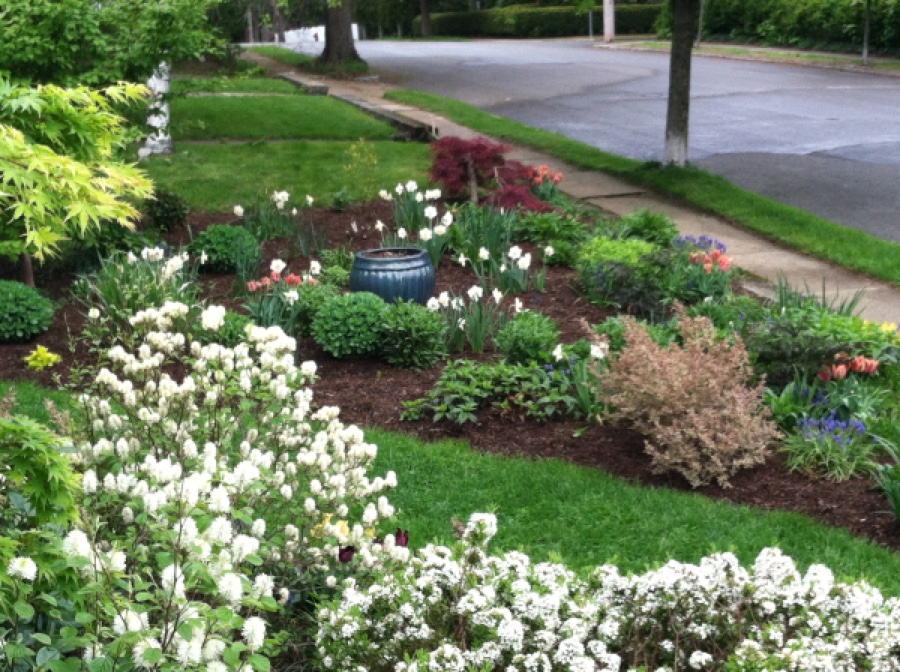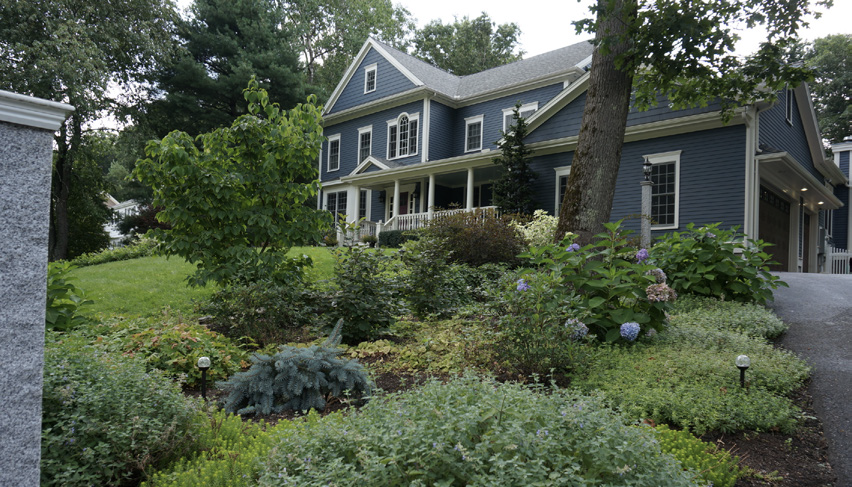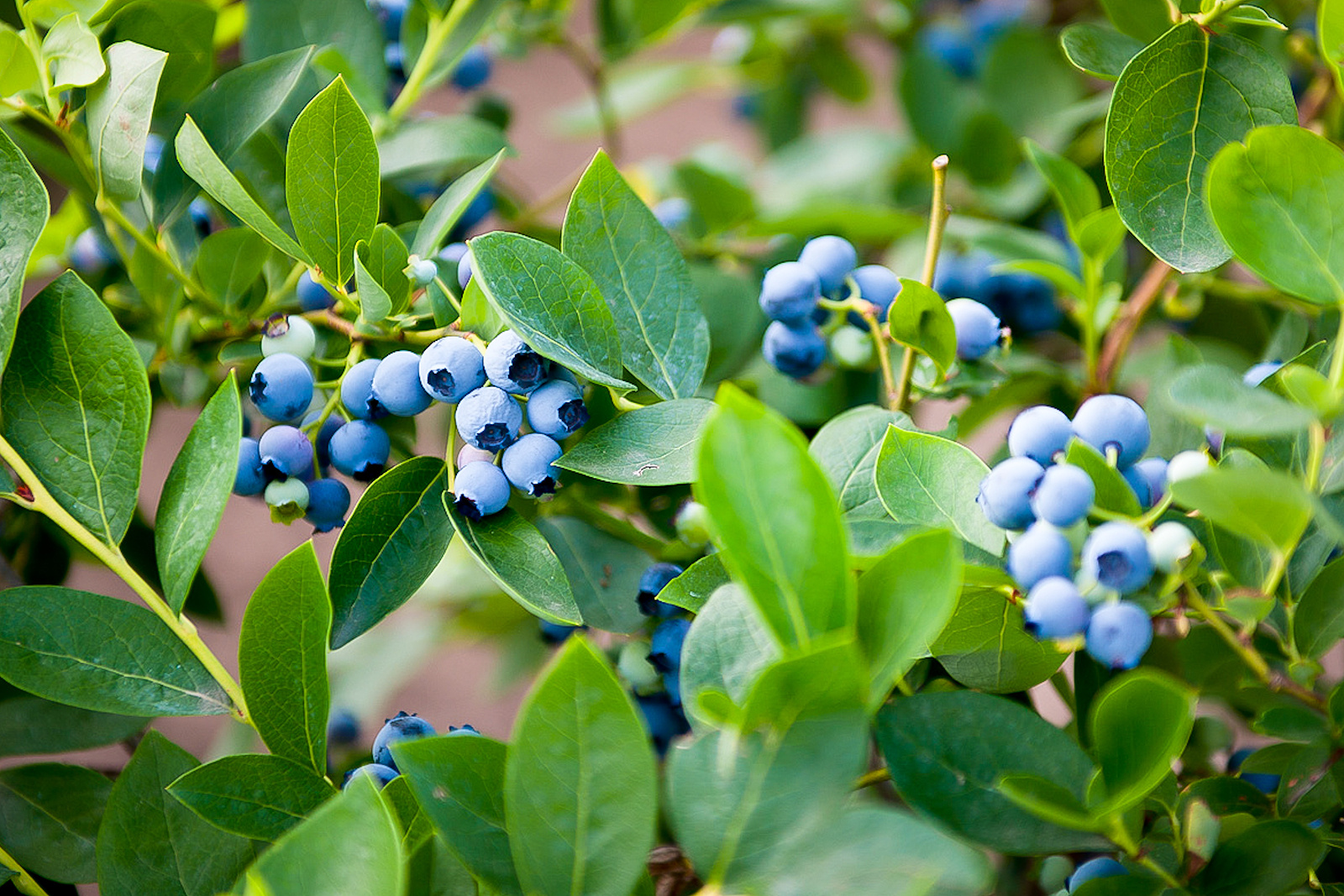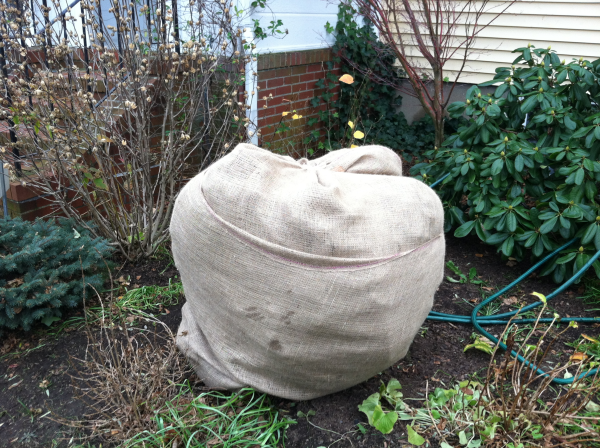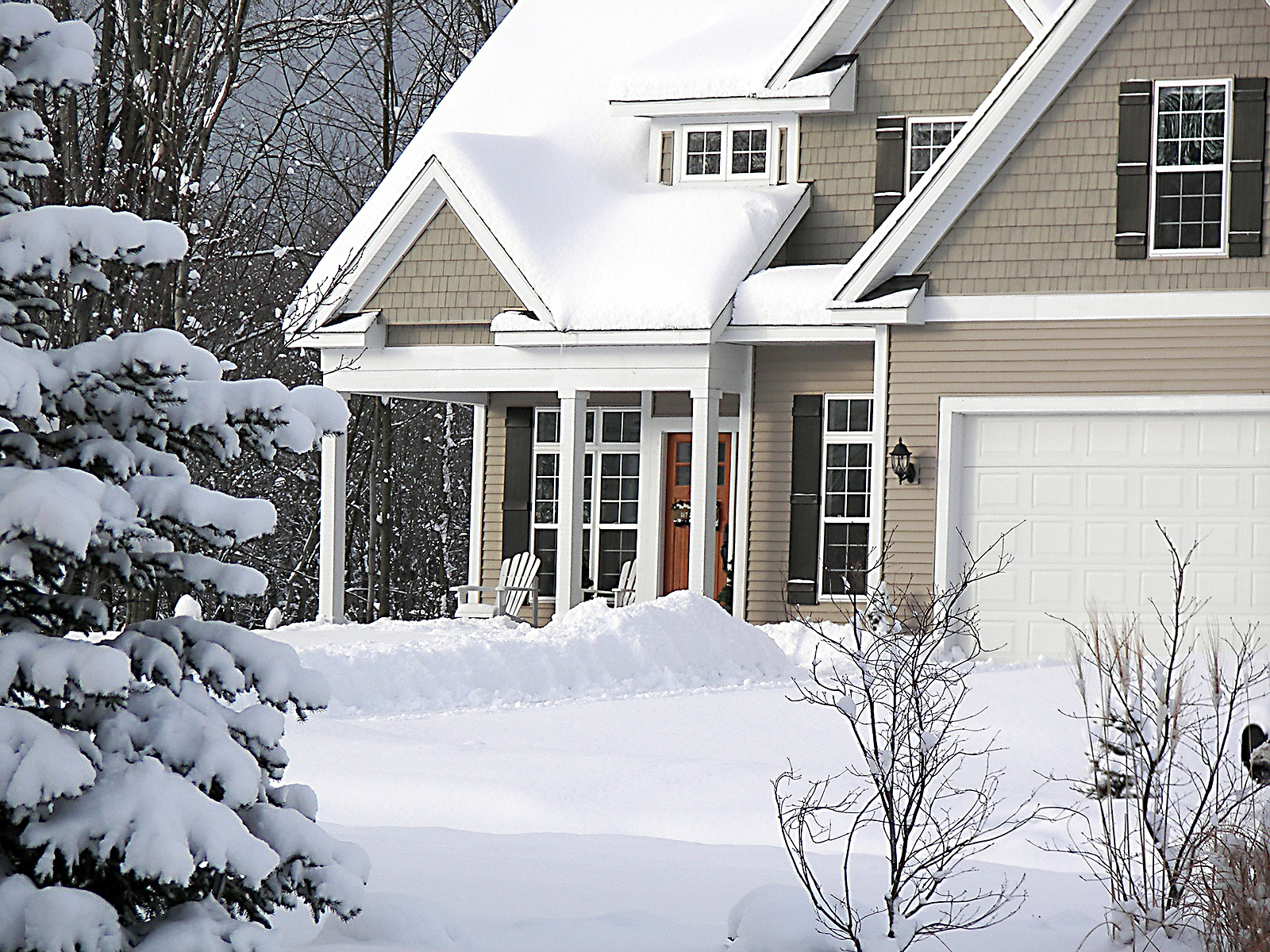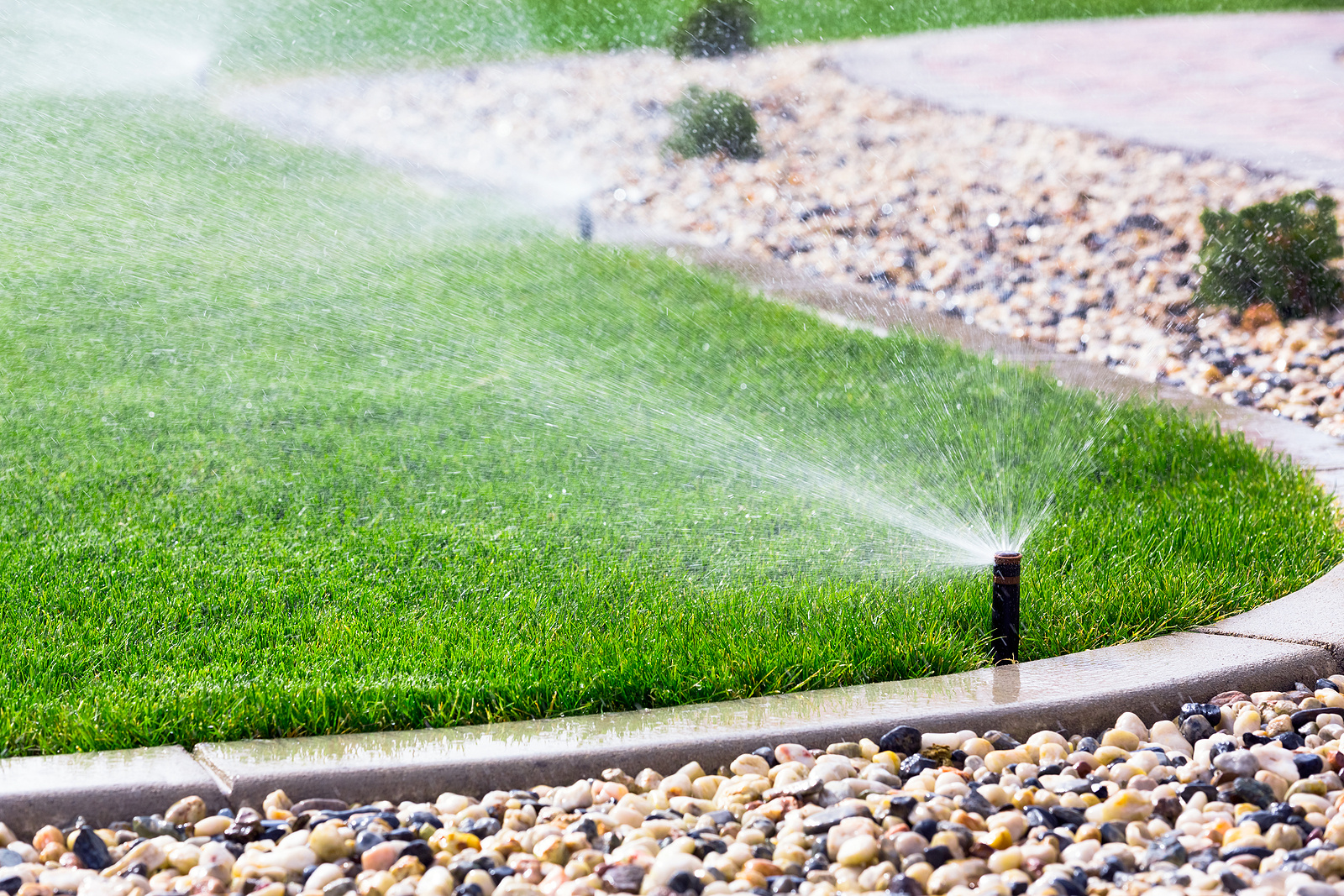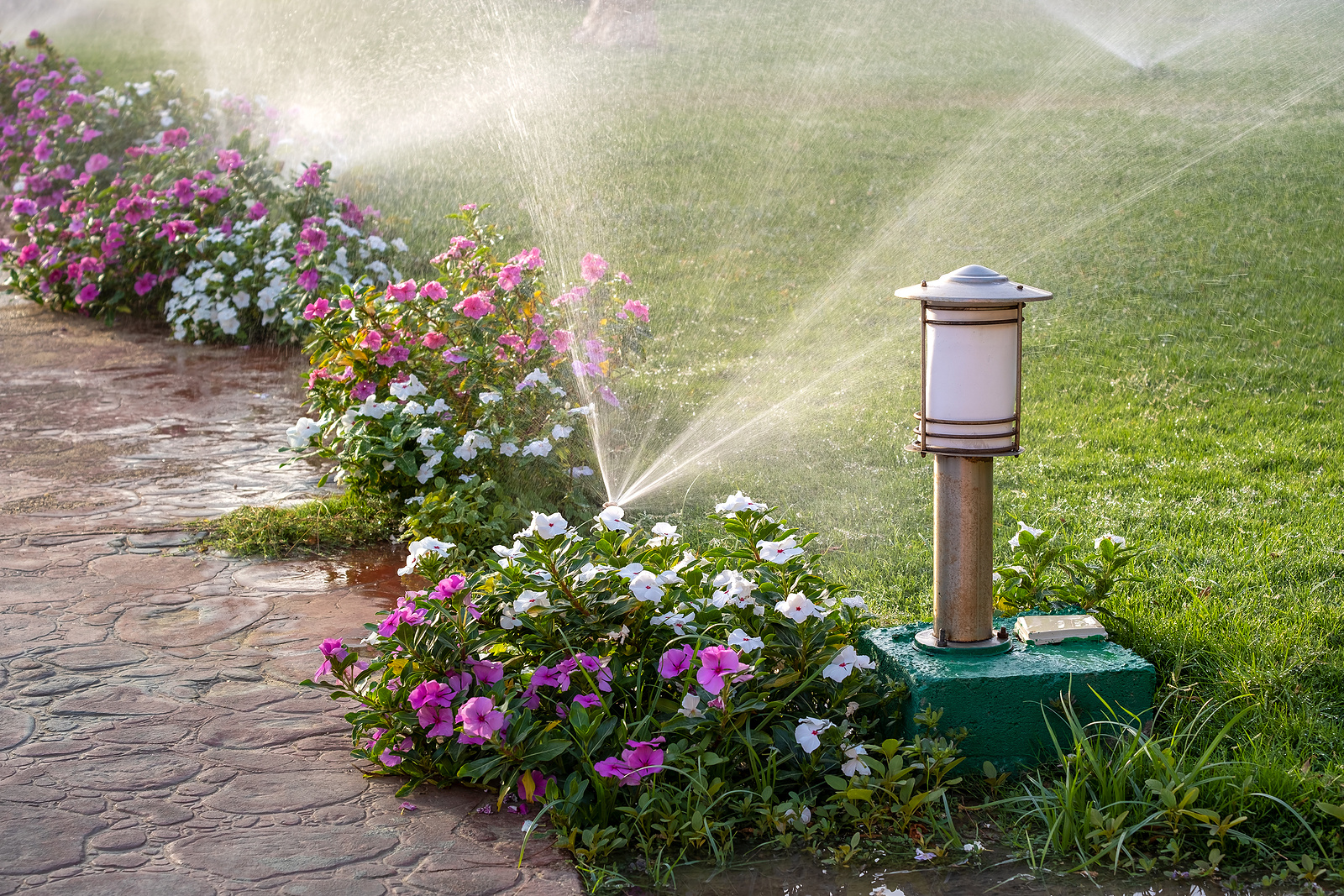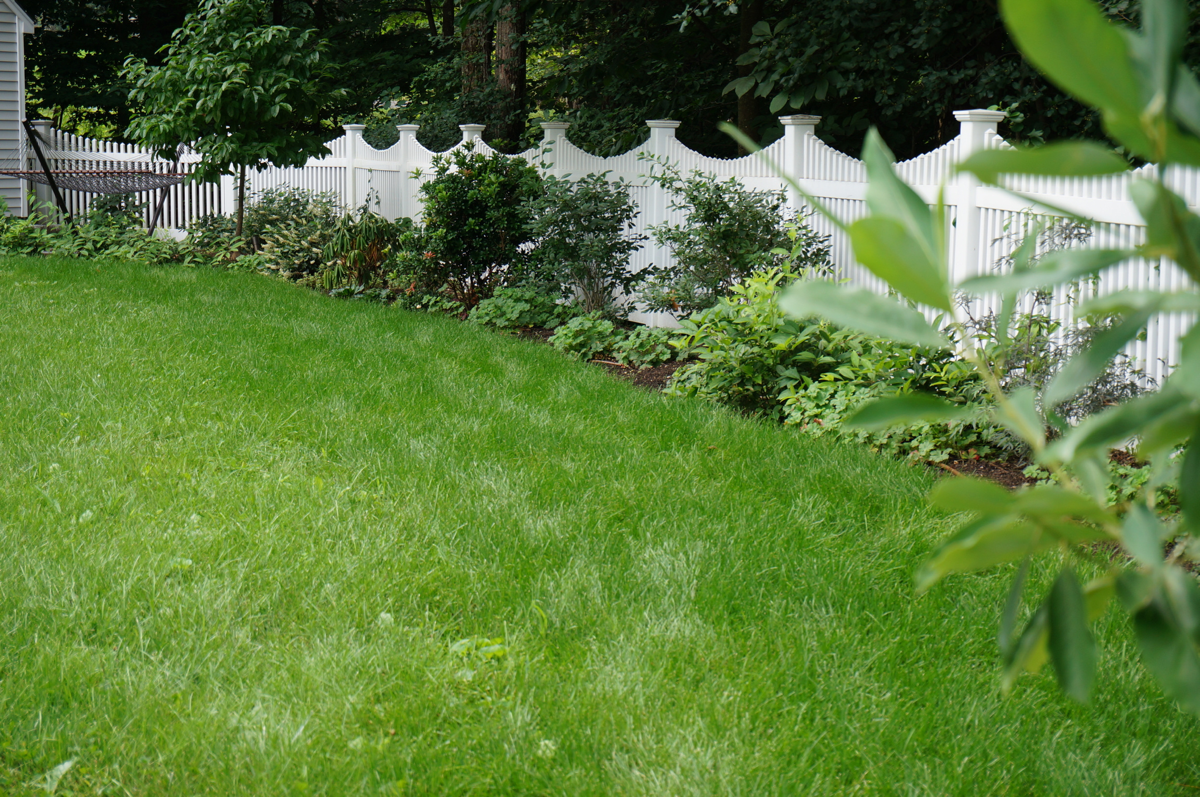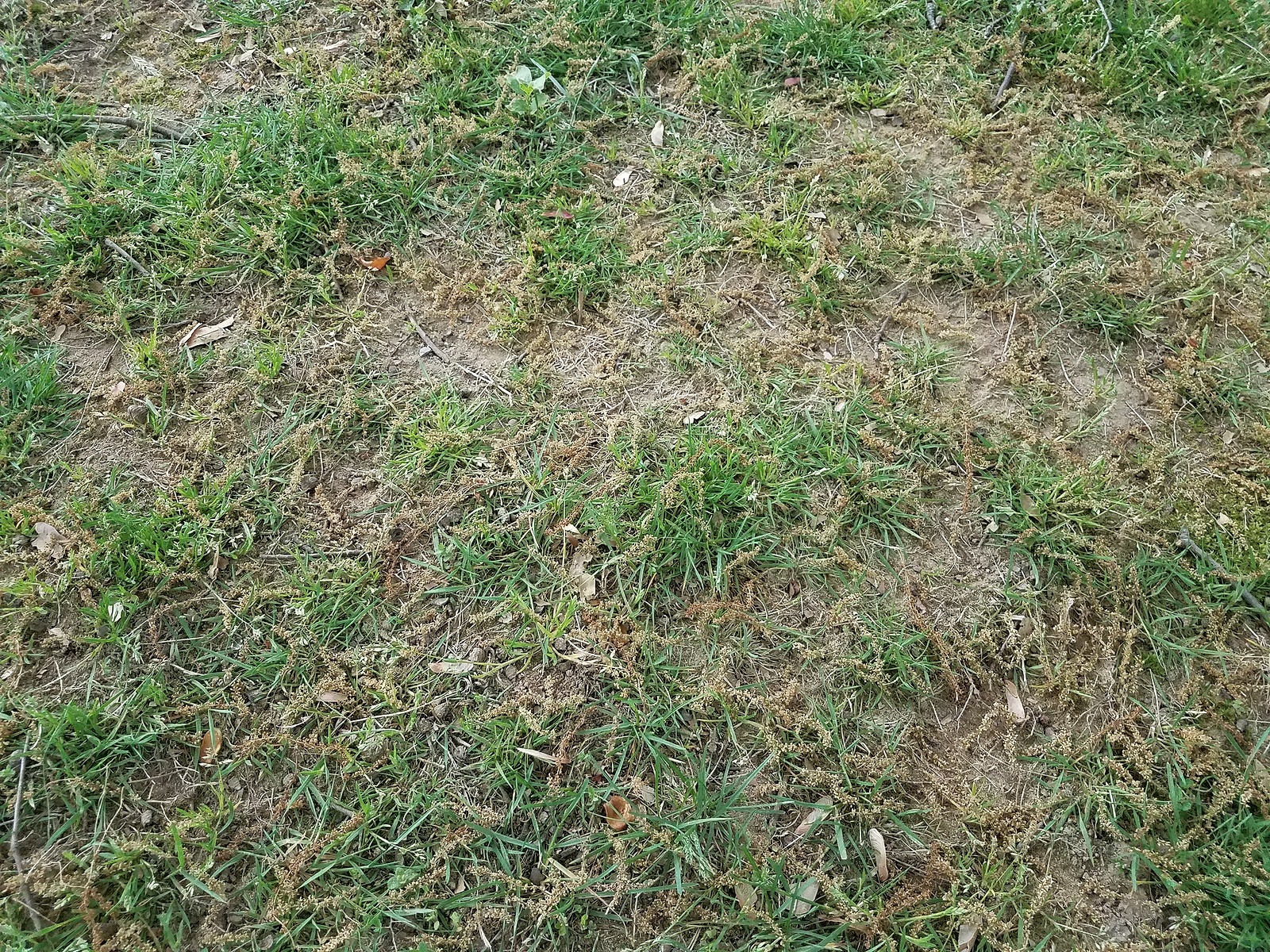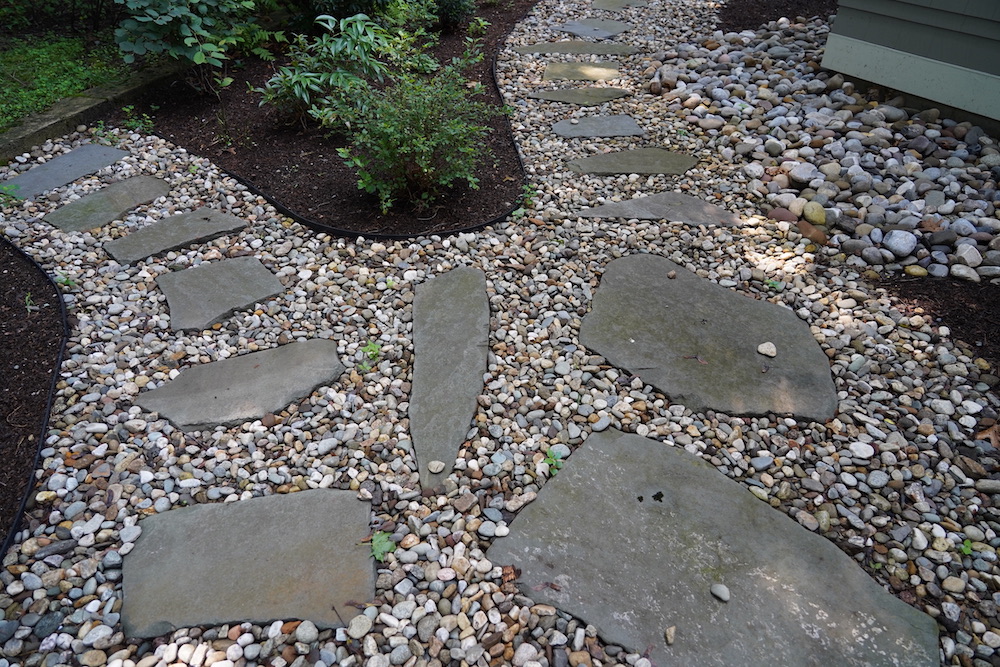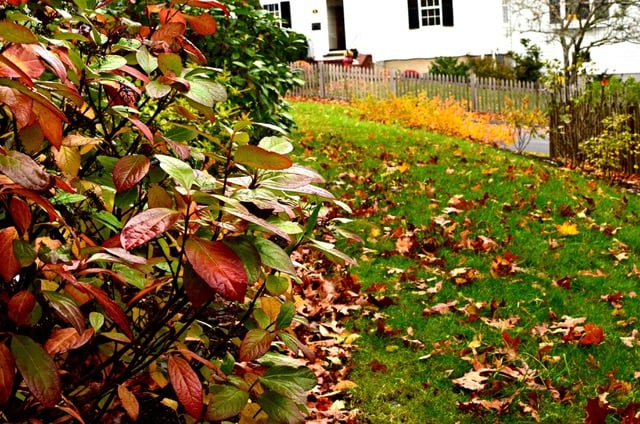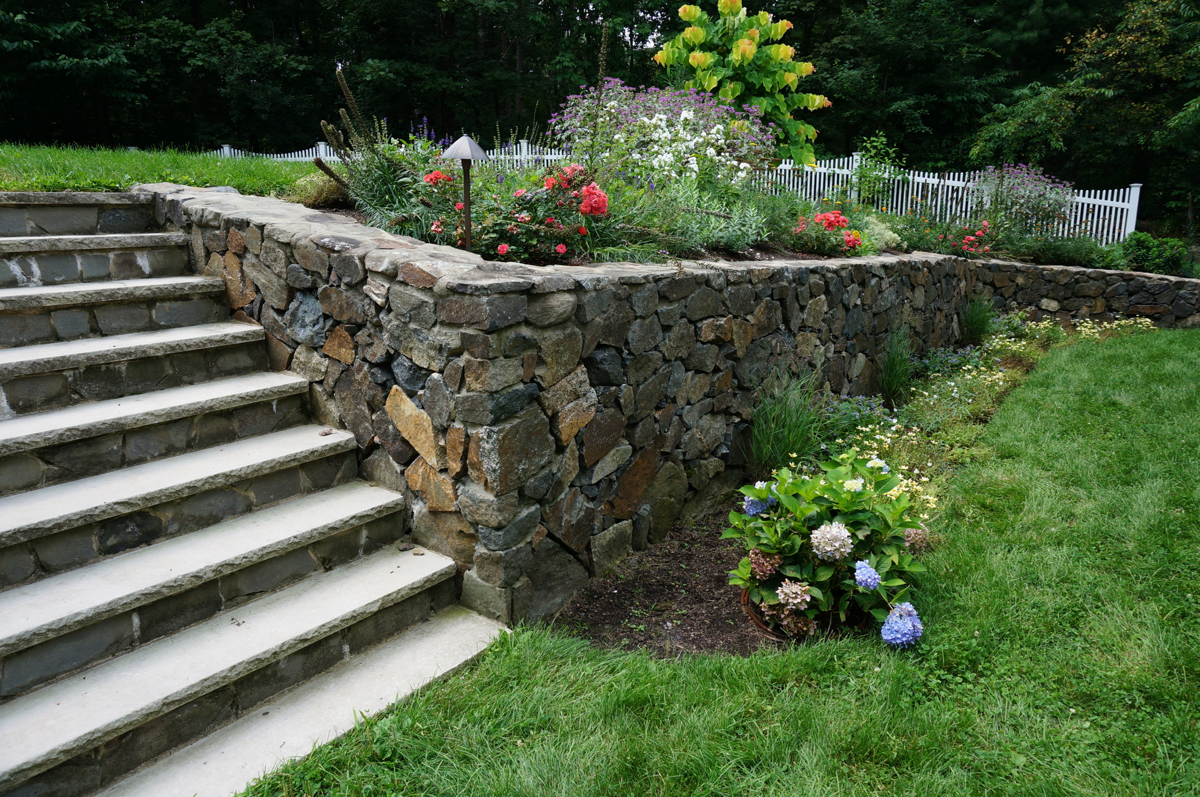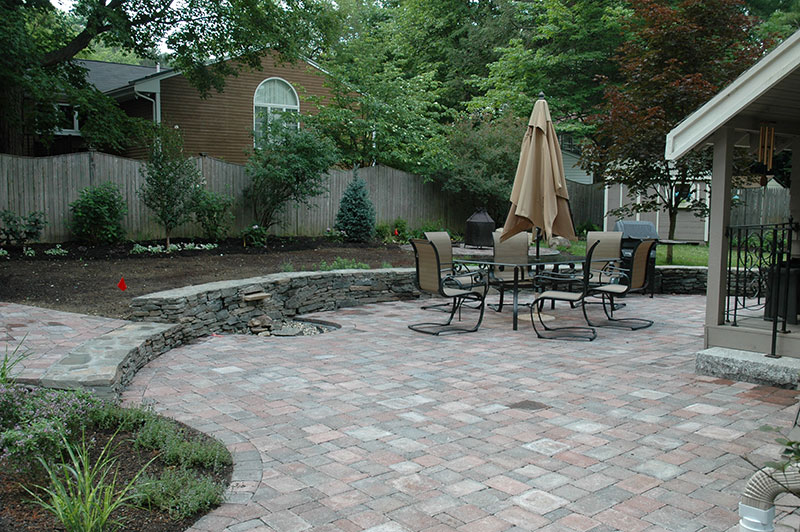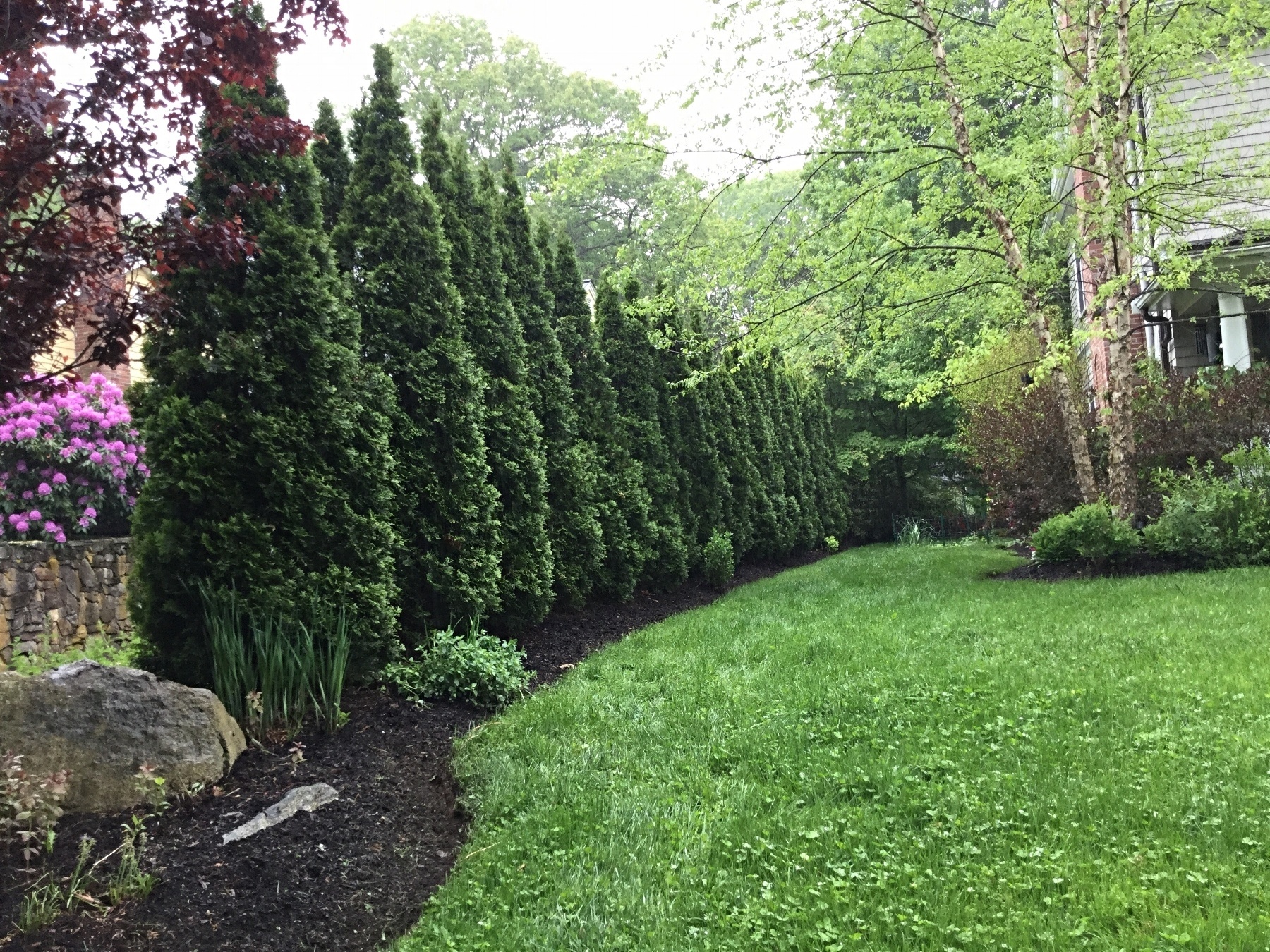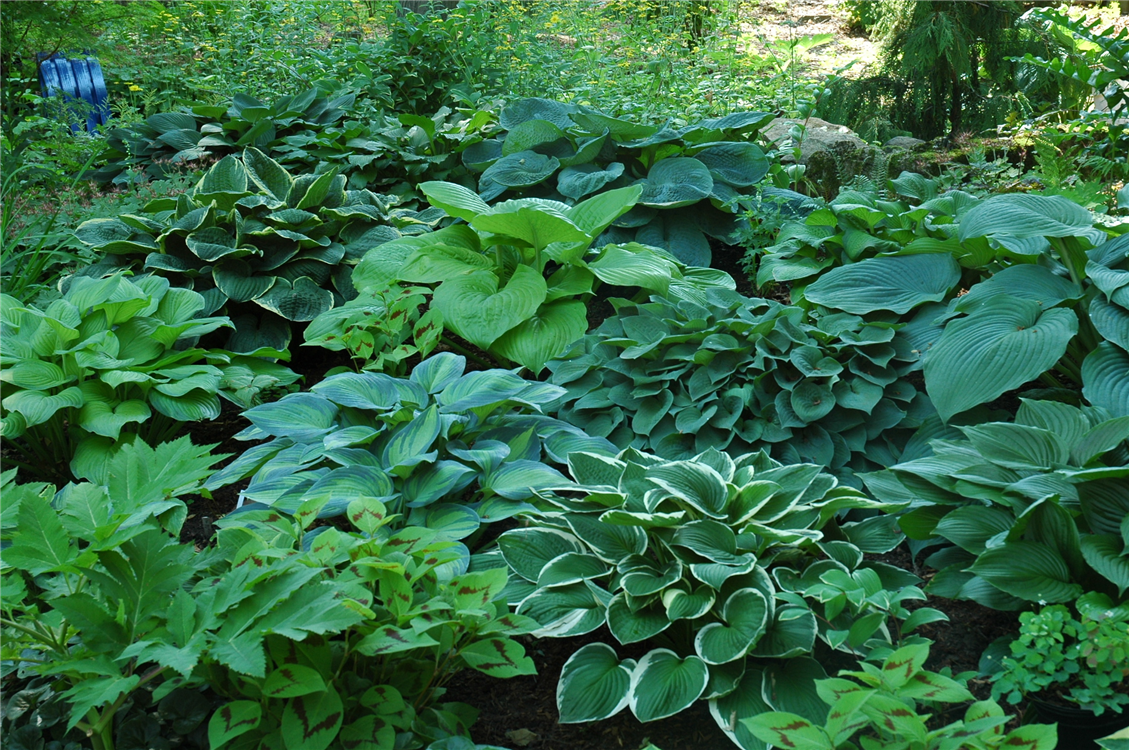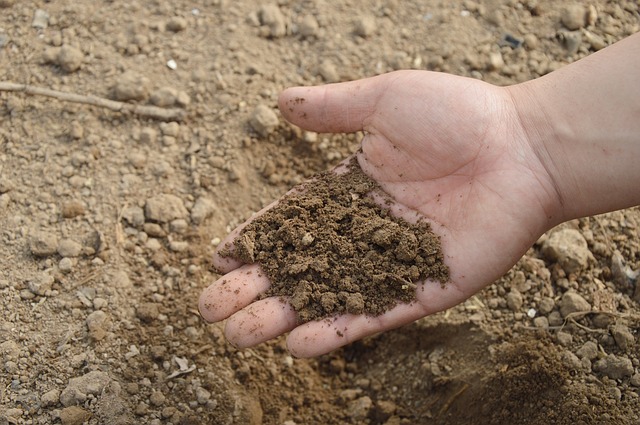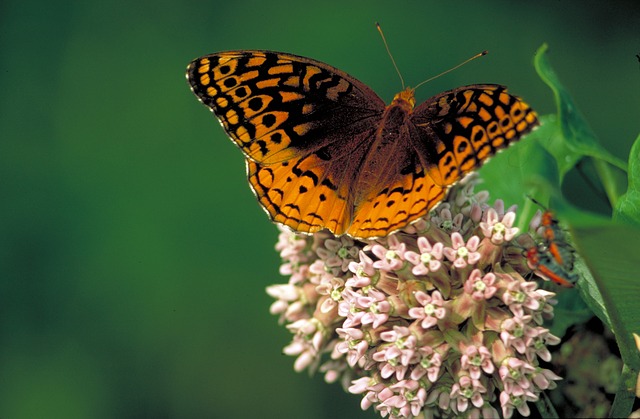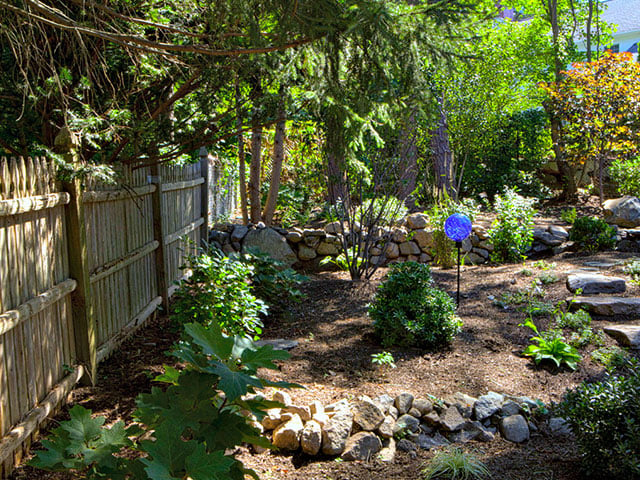Fall is firmly upon us, which means you may have already completed some essential landscape tasks, such as storing your garden hose, cleaning out your gutters and winterizing your irrigation systems. However, there’s still plenty that can be done in and around your yard.
It can be tempting to abandon your garden beds when cool weather sets in, but if you take on a few more tasks, you can keep your yard looking good for the rest of the year, as well as set it up for success for next year.
Below are seven must-do landscape tasks to add to your fall yard cleanup checklist. Completing these chores will leave your yard healthy, tidy and ready to enjoy as soon as spring arrives.
Fall Yard Cleanup Checklist
Remove Dead Leaves and Debris

When the deciduous trees in and around your yard begin to drop their leaves, your lawn can quickly become covered.
It’s a pretty sight, but dead leaves left on the grass can smother the grass over time. The fallen leaves prevent sunlight and water from reaching the grass and its roots. This blockage can lead to dead, bare grass come spring.
Leaf litter often provides overwintering shelter to many insects and arachnids, and if you have a pest problem in your yard, neglecting to clean up leaf piles can exacerbate the problem.
Ticks are one of the bugs that love to get cozy under a pile of leaves during the winter months. Raking and composting or mulching your leaves will help to keep some unwanted pests at bay when the weather turns warm next year.
Another problem with leaving fall leaves behind is that mold can grow in the damp environment that develops under them. If you suffer from outdoor allergies, this leaf mold can cause you headaches — literally and figuratively. Getting rid of the leaves as they fall can save you from sniffles later.

Here in Massachusetts, leaves typically stop falling by late November or early December, though this can vary depending on the temperature as the season progresses.
Landscape companies often complete two primary leaf removals during the season. The first removal is done at the beginning of the season when leaves begin to pile up on the ground, and the second is completed at the end of the season, after the majority of leaves have fallen.
Removing these leaves with the help of a landscaping company allows you to spend less time with a rake and leaf blower. You’ll also have fewer leaf piles in your yard, while reducing the time needed to clear walkways of fallen leaves.
Trim Dead and Damaged Branches

Before the leaves began to drop, you may have noticed some of your tree branches weren’t producing foliage like they used to. And now that the trees are bare, you’re free to see any broken branches on your trees. Now is the perfect time to remove those dead and broken branches so they don’t cause future problems.
Dead or broken branches can be vulnerable during winter storms because they are no longer sturdy living components that are securely attached to the tree.
When laden down with snow drifts or pelted by ice, these dead and broken branches are at an increased risk of falling and possibly damaging property or hurting someone.
Removing these branches now will prime your trees for healthy growth in the spring. It’s important to note that only dead or broken branches should be removed in the fall, and you mustn’t prune away healthy branches at this time of year.
Generally, heavy pruning should be done in early spring, as pruning in the fall can promote new late-season growth that is extremely vulnerable to winter temperatures.
Complete a Final Mow
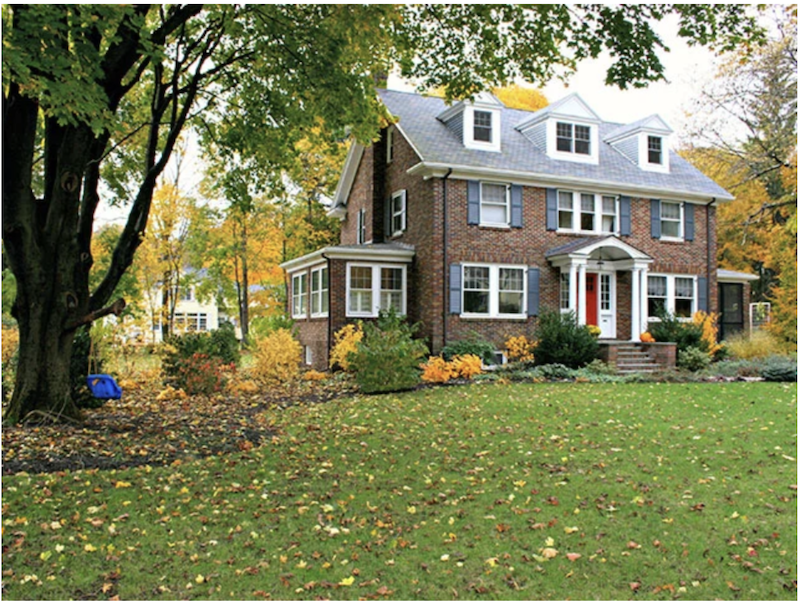
You’ll want to mow your grass one final time to prepare it for its dormancy. One last neat cut will keep your lawn from looking scraggly over the cooler months.
Depending on the type of grass that makes up your lawn, you’ll want to mow to a certain height. If your lawn is primarily fescue, mow to a height of 2 to 3 inches.
For a lawn that’s been sown in ryegrass or bluegrass, mow to 1.5 to 2.5 inches. These heights are short enough to prevent problems, like matting, that can occur during winter, but high enough to protect roots from winter temperatures.
There’s a sweet spot when it comes to the perfect time to mow your lawn for the last time. It should be done late enough that your grass has stopped growing, but before the ground has frozen, which is at a temperature of 32 degrees or below.
Aerate the Lawn

Aeration is a common practice at golf courses, and you may have only ever seen it done in recreational areas, but all lawns can benefit from the aeration process.
Aerating is done by systematically creating small holes in the grass to break up compacted soil, allowing water and nutrients to reach the grass roots more effectively.
Along with alleviating compaction and making your soil more able to incorporate nutrients, aerating can also help to prevent the buildup of a thatch layer under your living grass, and allows your lawn to drain more effectively after a downpour.
Aeration perforations can be made with solid points that puncture the ground. Core aeration, in which plugs are removed from the soil, is the more effective method. It creates larger areas for air, water, and nutrients to get down into the dirt to support your lawn’s health.
If needed, overseeding can be done immediately following aeration. This will remedy any thin spots that may have developed in your lawn throughout the previous year.
Fertilize the Lawn
Apply a fall lawn fertilizer formulated specifically to provide grass with the nutrients needed during its winter dormancy. At this point in the season, it is important to fortify your grass with a fertilizer that will support its root system. This will allow it to brace for winter and to take off quickly when next spring arrives with warmth and sunshine.
Choosing the correct fertilizer for your lawn’s needs can be a little tricky. It’s important to get the right mixture of nitrogen, phosphorous, and potassium sources according to your grass type and time of year.
A professional landscape company following organic methods can customize a fertilizer to meet your lawn’s specific needs. This will help your grass to grow to its fullest potential, all while keeping it free from chemicals that would come in contact with your plants, pets, and loved ones.
Clear Garden and Flower Beds

Once all the flowers, fruit, and vegetables have been spent, it’s important to clean out your garden beds. Dead plants and weeds should be cleared out to prepare for spring.
Pulling all of the old plants and composting or otherwise disposing of them leaves your vegetable and flower beds tidy and ready for the coming growing season.
Leaving dead plants and weeds behind can lead to overwintering, which can cause a number of potential problems. Hollow stems and the cover of decaying leaves can help certain pests to survive, allowing them to emerge and attack fragile plants in the spring.
Squash bugs, for example, are one of the pests that take advantage of dead plant matter for overwintering.
If old pumpkin, squash or cucumber vines aren’t fully removed from your vegetable garden at the end of the year, the squash bugs will be back with a vengeance in the spring, having spent all winter waiting for their chance to emerge.

Dead annuals left in your beds after the growing season also can contribute to the spread of plant disease. If some of your plants performed poorly this year, there’s a chance that they could have a disease that could be transferred to other plants in the spring if the diseased matter is not fully removed from your garden beds.
Along with the dead plants, weeds should also be pulled during your fall cleanup. Some pesky weeds will be able to withstand winter’s harsh conditions. If they aren’t pulled now, they will crowd out the sensitive plants emerging in the spring.
Whether they are on full display or just sprouting under a layer of mulch, seek them out and take care of them now. Failing to do so could set you up with a difficult weed control problem come spring.
Once weeds and decaying matter are removed, it’s time to apply a high-quality organic compost to your garden beds. Applying a layer of compost now will allow it to be fully incorporated into your beds over the winter, allowing your newly-supplemented soil to better support your new plants when spring arrives.

Plan for New Landscape Projects
During a fall cleanup, a homeowner has lots of opportunities to reflect on what did and didn’t work in their lawn and garden over the previous year. It’s the ideal time to assess your overall landscape and think about what you’d like to carry over into the next year, and what needs an overhaul.
Use this period of reflection to begin planning what you’d like to see from your lawn and garden in the coming seasons. Now is the perfect time to contact a landscaping company to assist you in designing a plan for next season. Doing so now will help you get ahead, and going ahead and booking a project will really allow you to get a jumpstart in the spring.
Some projects, such as some perennial plantings and new hardscape designs and builds, can be completed until late in the fall season, depending on when the ground freezes.

While the soil is still workable, spring-flowering bulbs like tulips and daffodils can still be planted, as can perennials like hostas and coral bells, and even evergreens such as arborvitae.
So, before you put away your garden tools, winterize your lawn mower, and disconnect your hoses, go through this fall yard cleanup checklist and see if you’ve left any loose ends in your outdoor space.
Completing this fall cleanup checklist is satisfying in this season, and will help you reap the rewards of your hard work in the coming seasons as well.
You can learn more creating the ideal landscape for your home by downloading our free ebook, How to Maintain Your Landscape and Transform It Into a Beauty You'll Love. You also can contact us here to schedule a consultation with our team.


